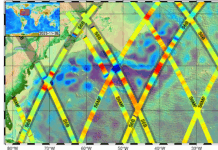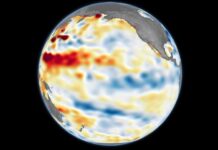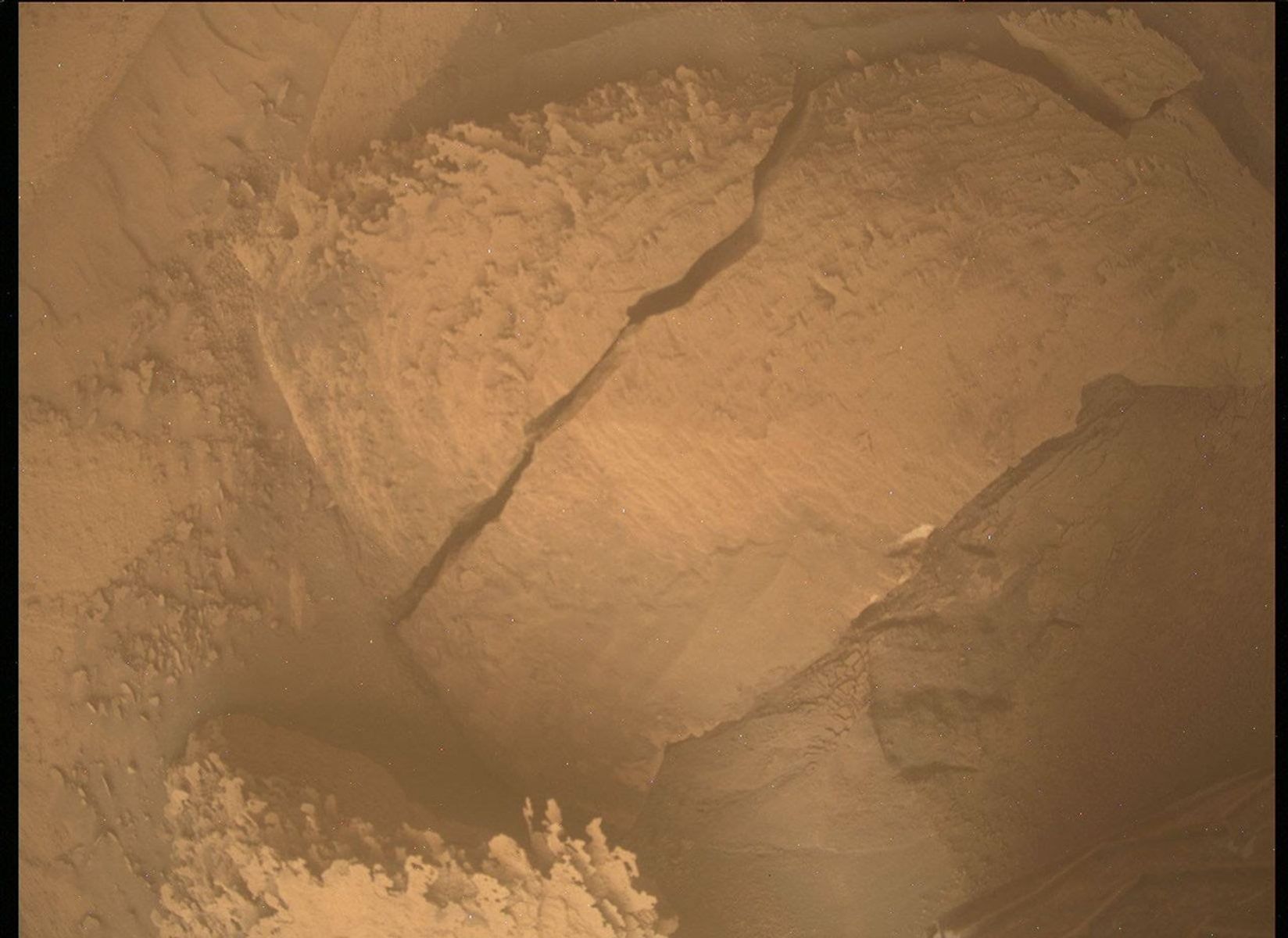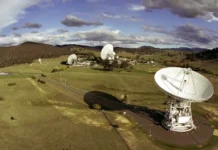Mars Rover’s Packed Schedule: A Deep Dive into Curiosity’s Busy Day
In a recent update from NASA’s Mars Rover mission, a particularly eventful day unfolded for the Curiosity rover, showcasing the breadth of its capabilities and the ambitious goals set by the team of scientists and engineers steering its course. Although the day was devoid of any direct contact science operations—activities that involve the rover’s arm and tools making direct contact with Martian rocks and soil—the team still managed to execute a complex series of tasks that shed light on the Martian environment and landscape.
Limited Arm Activity but Abundant Science
The Mars Hand Lens Imager (MAHLI), one of Curiosity’s key instruments, was on a break for the week. MAHLI is typically used to capture close-up images of Martian rock textures and structures. Meanwhile, the Alpha Particle X-Ray Spectrometer (APXS) was tasked with a more passive role, supervising a process known as atmospheric integration, which intriguingly does not require any robotic arm movement. Atmospheric integration involves collecting data that helps scientists understand the Martian atmosphere’s composition and behavior, even without physical interaction with the surface.
ChemCam’s Increased Activity
The Chemistry and Camera Complex, or ChemCam, was notably active, logging three Laser-Induced Breakdown Spectroscopy (LIBS) observations and four Remote Micro-Imager (RMI) mosaics. ChemCam is an essential tool that uses a laser to vaporize small amounts of material from Martian rocks and soil, analyzing the resulting plasma to determine their composition. The increased number of planned activities for ChemCam suggests a focused effort to gather more detailed chemical data from the current site, providing insights into Mars’ geological history.
Mastcam Takes on a Leading Role
Despite ChemCam’s heightened activity, the Mast Camera (Mastcam) was the star of the day, with a total of 34 scheduled sequences, exceeding the usual limit of around 20. Mastcam is used to capture high-resolution images and videos of the Martian terrain, making it an indispensable tool for both scientific analysis and navigation.
Among the 34 sequences, 10 were dedicated to monitoring surface changes caused by wind. Wind on Mars can significantly alter the landscape, moving dust and sand across the surface. Tracking these changes helps scientists understand Mars’ climate and weather patterns better.
Seven sequences were aimed at measuring atmospheric opacity, which involves assessing how dust and other particles in the air affect visibility. This information is crucial for understanding climate dynamics on Mars and planning future missions.
Three sequences were used to document ChemCam’s LIBS activities, essentially capturing images and data related to the chemical analyses performed earlier. Meanwhile, another three sequences were dedicated to documenting Curiosity’s location after it completed a drive, ensuring that the team has accurate records of the rover’s journey and the contexts of the areas it explores.
Large Mosaics and Noctilucent Cloud Searches
Curiosity also captured two large mosaic images of Texoli and Wilkerson buttes. Mosaics are composite images made up of multiple shots pieced together to create a detailed, wide-angle view of an area. These mosaics are crucial for geological studies, allowing scientists to examine large-scale features and rock formations in significant detail.
Additionally, two sequences were devoted to searching for noctilucent clouds. These clouds, known for their striking brightness, are formed by ice crystals high in the atmosphere. This marked the first attempt to find such clouds during the current Martian winter. Observing these clouds can provide valuable information about atmospheric conditions and the presence of water vapor in the Martian sky.
Understanding the Technical Terms
For those not familiar with some technical terms, here’s a brief explanation:
- LIBS (Laser-Induced Breakdown Spectroscopy): A technique where a laser is used to excite material on Mars’ surface, producing a plasma that can be analyzed to determine the chemical composition of the target.
- RMI (Remote Micro-Imager): A camera that captures detailed images of the areas sampled by the LIBS, aiding in the context and analysis of the obtained data.
- Mosaic: A collection of images stitched together to form a larger picture, allowing for comprehensive analysis of geological features.
The Bigger Picture
While the day was packed with intricate tasks, it’s essential to understand that each of these activities contributes to a broader mission objective. The data collected helps scientists piece together Mars’ history, climate, and potential for past life. Understanding atmospheric conditions, surface changes, and geological formations are all part of unraveling the mysteries of the Red Planet.
These observations also have implications for future human exploration. By understanding Martian weather patterns and surface conditions, space agencies can better prepare for the challenges of sending astronauts to Mars.
Community and Expert Reactions
The busy day for Curiosity has garnered attention from both the scientific community and space enthusiasts. Experts are excited about the potential findings from the increased ChemCam activity and the search for noctilucent clouds. The detailed mosaic images are also expected to offer new insights into Martian geology, sparking discussions and further research.
For the general public, this update serves as a reminder of the incredible technology and expertise that drive space exploration. Curiosity’s work continues to inspire interest and excitement in the quest to understand our neighboring planet.
Conclusion
In summary, Curiosity’s eventful day exemplifies the ongoing efforts to explore Mars’ diverse and dynamic environment. Each observation and image captured by the rover is a piece of the puzzle that scientists are eagerly working to solve. As we continue to uncover Mars’ secrets, the findings not only enhance our understanding of the planet itself but also pave the way for future exploration endeavors. Curiosity’s mission is a testament to human ingenuity and the relentless pursuit of knowledge, inspiring generations to look to the stars with wonder and ambition.
For more Information, Refer to this article.


































